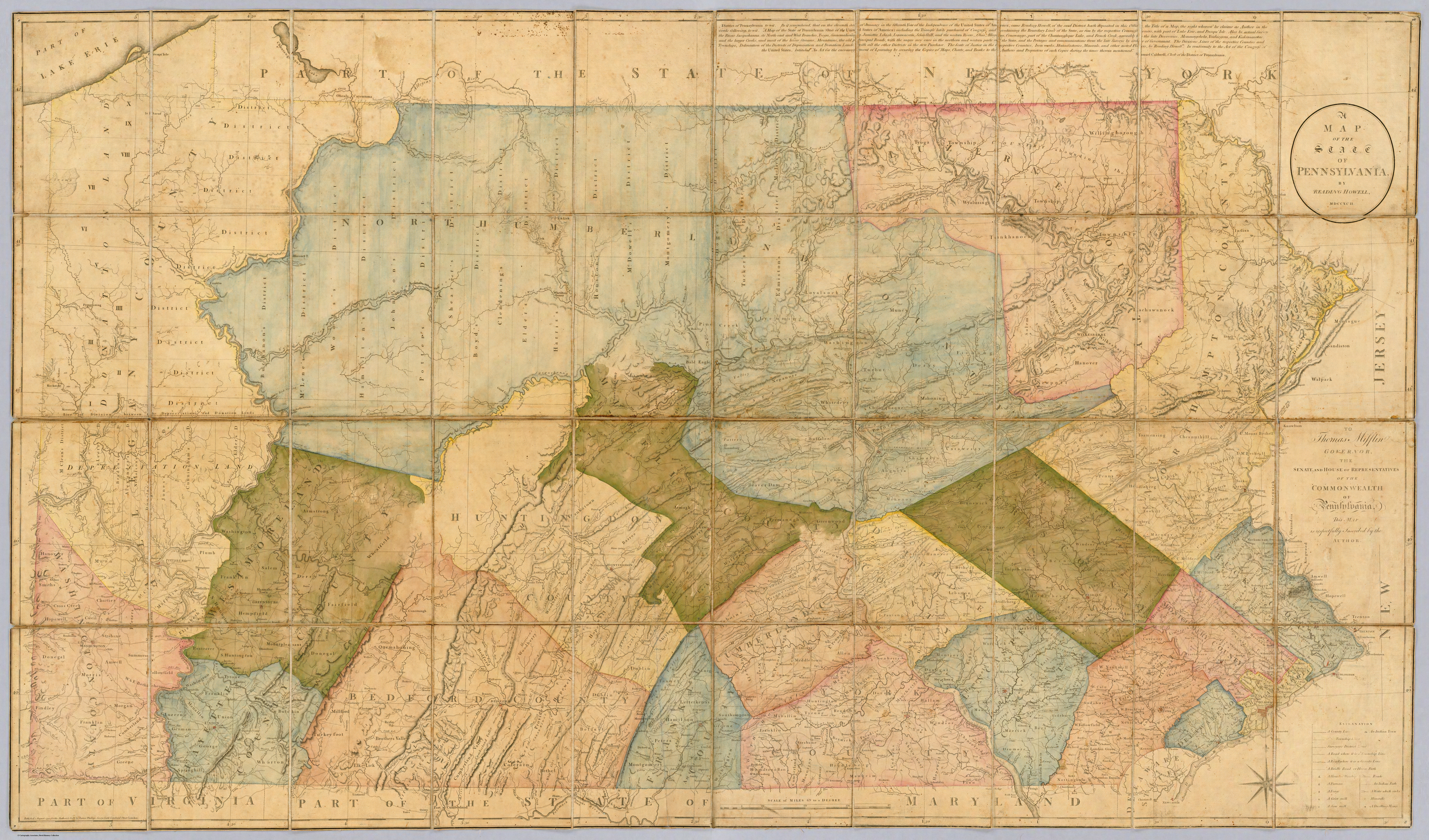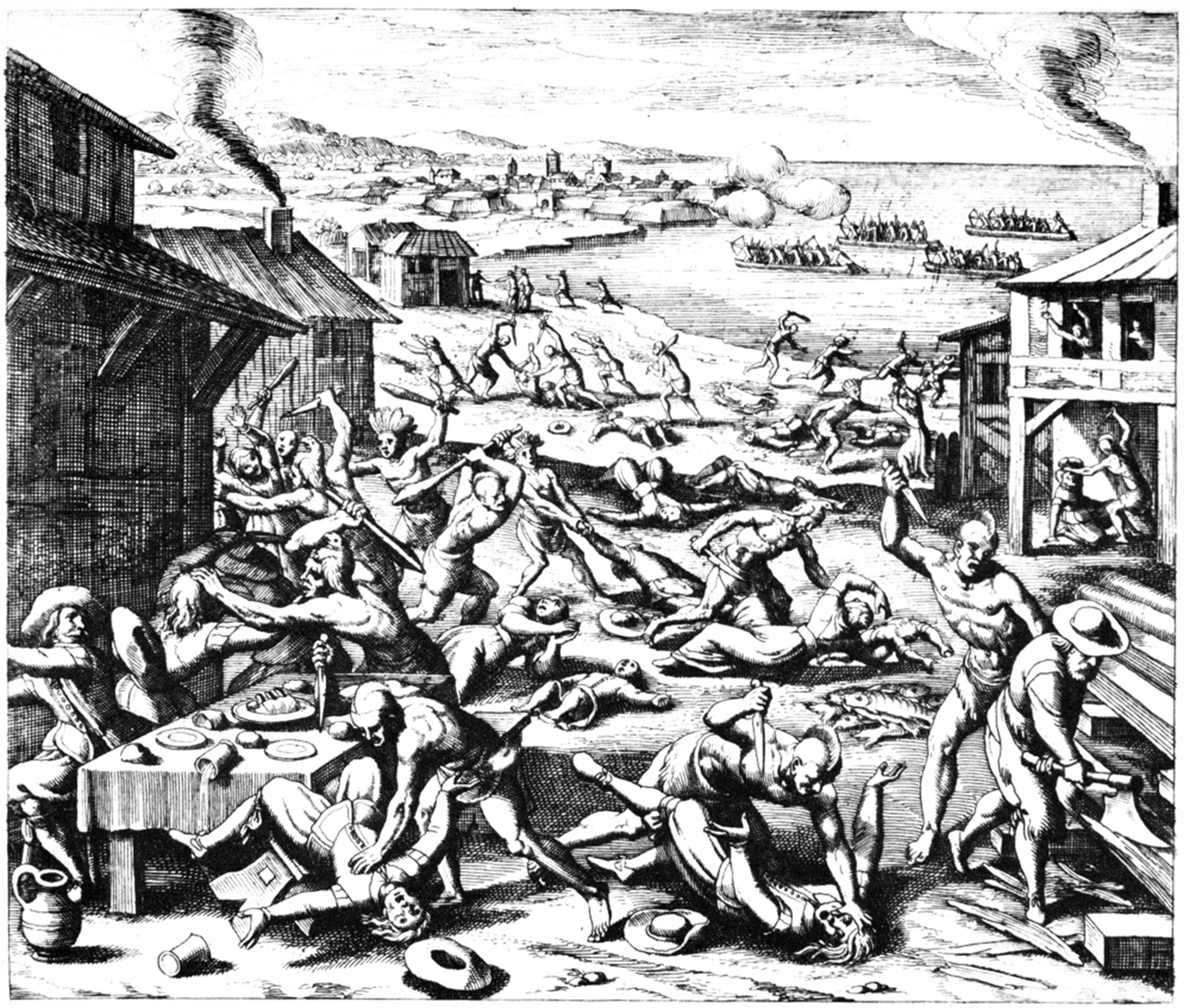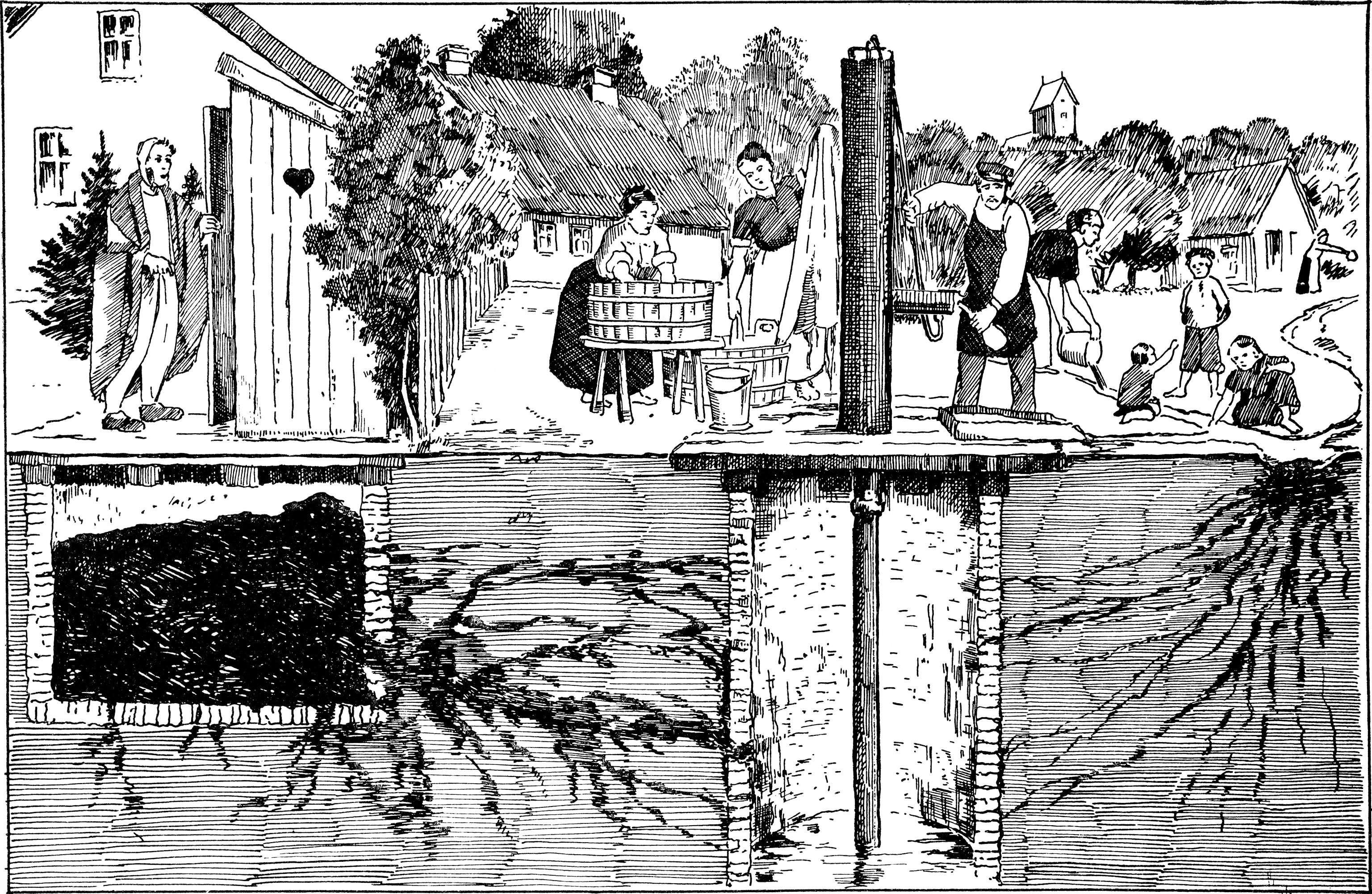|
Eugene B. Beaumont
Eugene Beauharnais Beaumont (August 2, 1837 – August 17, 1916) was a Union Army officer in the American Civil War and a recipient of the Medal of Honor for his actions at an engagement on the Harpeth River in Tennessee and at the Battle of Selma. After the Civil War he served in the Indian Wars of the western United States. Early life Beaumont was born in Wilkes-Barre, Luzerne County, Pennsylvania, the son of U.S. Representative Andrew Beaumont.Dixon, 164 He was appointed to the United States Military Academy from the city of Wilkes-Barre in 1856 and graduated on May 6, 1861. Ranking 32nd out of his class of 45 cadets, Beaumont was assigned as a second lieutenant to the 1st Cavalry Regiment. Soon after entering the Army he married Margaret Rutter, his childhood sweetheart.Dixon, p. 145 Civil War service He trained soldiers in Washington, D.C., until June 1861, when he was appointed aide-de-camp to General Ambrose Burnside. With Burnside, he participated in the First Battle of ... [...More Info...] [...Related Items...] OR: [Wikipedia] [Google] [Baidu] |
Wilkes-Barre, Luzerne County, Pennsylvania
Wilkes-Barre ( or ) is a city in the U.S. state of Pennsylvania and the county seat of Luzerne County. Located at the center of the Wyoming Valley in Northeastern Pennsylvania, it had a population of 44,328 in the 2020 census. It is the second-largest city, after Scranton, in the Scranton–Wilkes-Barre–Hazleton, PA Metropolitan Statistical Area, which had a population of 563,631 as of the 2010 census and is the fourth-largest metropolitan area in Pennsylvania after the Delaware Valley, Greater Pittsburgh, and the Lehigh Valley with an urban population of 401,884. Scranton/Wilkes-Barre is the cultural and economic center of a region called Northeastern Pennsylvania, which is home to over 1.3 million residents. Wilkes-Barre and the surrounding Wyoming Valley are framed by the Pocono Mountains to the east, the Endless Mountains to the north and west, and the Lehigh Valley to the south. The Susquehanna River flows through the center of the valley and defines the northwester ... [...More Info...] [...Related Items...] OR: [Wikipedia] [Google] [Baidu] |
Indian Wars
The American Indian Wars, also known as the American Frontier Wars, and the Indian Wars, were fought by European governments and colonists in North America, and later by the United States and Canadian governments and American and Canadian settlers, against various American Indian and First Nation tribes. These conflicts occurred in North America from the time of the earliest colonial settlements in the 17th century until the early 20th century. The various wars resulted from a wide variety of factors, the most common being the desire of settlers and governments for lands that the Indian tribes considered their own. The European powers and their colonies also enlisted allied Indian tribes to help them conduct warfare against each other's colonial settlements. After the American Revolution, many conflicts were local to specific states or regions and frequently involved disputes over land use; some entailed cycles of violent reprisal. As settlers spread westward across North America ... [...More Info...] [...Related Items...] OR: [Wikipedia] [Google] [Baidu] |
Typhoid Fever
Typhoid fever, also known as typhoid, is a disease caused by '' Salmonella'' serotype Typhi bacteria. Symptoms vary from mild to severe, and usually begin six to 30 days after exposure. Often there is a gradual onset of a high fever over several days. This is commonly accompanied by weakness, abdominal pain, constipation, headaches, and mild vomiting. Some people develop a skin rash with rose colored spots. In severe cases, people may experience confusion. Without treatment, symptoms may last weeks or months. Diarrhea may be severe, but is uncommon. Other people may carry the bacterium without being affected, but they are still able to spread the disease. Typhoid fever is a type of enteric fever, along with paratyphoid fever. ''S. enterica'' Typhi is believed to infect and replicate only within humans. Typhoid is caused by the bacterium ''Salmonella enterica'' subsp. ''enterica'' serovar Typhi growing in the intestines, peyers patches, mesenteric lymph nodes, spleen, ... [...More Info...] [...Related Items...] OR: [Wikipedia] [Google] [Baidu] |
John Sedgwick
John Sedgwick (September 13, 1813 – May 9, 1864) was a military officer and Union Army general during the American Civil War. He was wounded three times at the Battle of Antietam while leading his division in an unsuccessful assault against Confederate forces, causing him to miss the Battle of Fredericksburg. Under his command, the VI Corps played an important role in the Chancellorsville Campaign by engaging Confederate troops at the Second Battle of Fredericksburg and the Battle of Salem Church. His corps was the last to arrive at the Battle of Gettysburg and thus did not see much action. Sedgwick was killed by a sharpshooter at the Battle of Spotsylvania Court House on May 9, 1864, making him and Major Generals James B. McPherson, Joseph K. Mansfield, and John F. Reynolds the highest-ranking Union officers to be killed in the war. He is remembered for an ironic remark among his last words: "They couldn't hit an elephant at this distance." Early life and education Sed ... [...More Info...] [...Related Items...] OR: [Wikipedia] [Google] [Baidu] |
First Battle Of Bull Run
The First Battle of Bull Run (the name used by Union forces), also known as the Battle of First Manassascites 18,052 Confederate men and 37 guns engaged. McDowell's plan was to move westward in three columns and make a diversionary attack on the Confederate line at Bull Run with two columns, while the third column moved around the Confederates' right flank to the south, cutting the railroad to Richmond and threatening the rear of the Confederate army. He assumed that the Confederates would be forced to abandon Manassas Junction and fall back to the Rappahannock River, the next defensible line in Virginia, which would relieve some of the pressure on the U.S. capital. McDowell had hoped to have his army at Centreville by 17 July, but the troops, unaccustomed to marching, moved in starts and stops. Along the route soldiers often broke ranks to wander off to pick apples or blackberries or to get water, regardless of the orders of their officers to remain in ranks. The Confede ... [...More Info...] [...Related Items...] OR: [Wikipedia] [Google] [Baidu] |
Ambrose Burnside
Ambrose Everett Burnside (May 23, 1824 – September 13, 1881) was an American army officer and politician who became a senior Union general in the Civil War and three times Governor of Rhode Island, as well as being a successful inventor and industrialist. He was responsible for some of the earliest victories in the Eastern theater, but was then promoted above his abilities, and is mainly remembered for two disastrous defeats, at Fredericksburg and the Battle of the Crater (Petersburg). Although an inquiry cleared him of blame in the latter case, he never regained credibility as an army commander. Burnside was a modest and unassuming individual, mindful of his limitations, who had been propelled to high command against his will. He could be described as a genuinely unlucky man, both in battle and in business, where he was robbed of the rights to a successful cavalry firearm that had been his own invention. His spectacular growth of whiskers became known as " sideburn ... [...More Info...] [...Related Items...] OR: [Wikipedia] [Google] [Baidu] |
Washington, D
Washington commonly refers to: * Washington (state), United States * Washington, D.C., the capital of the United States ** A metonym for the federal government of the United States ** Washington metropolitan area, the metropolitan area centered on Washington, D.C. * George Washington (1732–1799), the first president of the United States Washington may also refer to: Places England * Washington, Tyne and Wear, a town in the City of Sunderland metropolitan borough ** Washington Old Hall, ancestral home of the family of George Washington * Washington, West Sussex, a village and civil parish Greenland * Cape Washington, Greenland * Washington Land Philippines * New Washington, Aklan, a municipality *Washington, a barangay in Catarman, Northern Samar *Washington, a barangay in Escalante, Negros Occidental *Washington, a barangay in San Jacinto, Masbate *Washington, a barangay in Surigao City United States * Washington, Wisconsin (other) * Fort Washington (disambigu ... [...More Info...] [...Related Items...] OR: [Wikipedia] [Google] [Baidu] |
1st Cavalry Regiment (United States)
The 1st Cavalry Regiment is a United States Army regiment that has its antecedents in the early 19th century in the formation of the United States Regiment of Dragoons. To this day, the unit's special designation is "First Regiment of Dragoons". While they were the First Regiment of Dragoons another unit designated the 1st Cavalry Regiment was formed in 1855 and in 1861 was re-designated as the 4th Cavalry Regiment (units were renumbered based on seniority and it was the fourth oldest mounted regiment in active service). The First Dragoons became the 1st Cavalry Regiment since they were the oldest mounted regiment. Background During the American Revolutionary War (1775–1783), Continental forces patterned cavalry units after those of the opposing British forces, especially the well-supplied mounted dragoons of the British Army. The first cavalry unit formed by the Congress of the United States of America was a squadron of four troops (the Squadron of Light Dragoons) comma ... [...More Info...] [...Related Items...] OR: [Wikipedia] [Google] [Baidu] |
Second Lieutenant
Second lieutenant is a junior commissioned officer military rank in many armed forces, comparable to NATO OF-1 rank. Australia The rank of second lieutenant existed in the military forces of the Australian colonies and Australian Army until 1986. In the colonial forces, which closely followed the practices of the British military, the rank of second lieutenant began to replace ranks such as ensign and cornet from 1871. New appointments to the rank of second lieutenant ceased in the regular army in 1986. Immediately prior to this change, the rank had been effectively reserved for new graduates from the Officer Cadet School, Portsea which closed in 1985. (Graduates of the Australian Defence Force Academy (ADFA) and the Royal Military College, Duntroon (RMC-D) are commissioned as lieutenants.). The rank of second lieutenant is only appointed to officers in special appointments such as training institutions, university regiments and while under probation during training. Tra ... [...More Info...] [...Related Items...] OR: [Wikipedia] [Google] [Baidu] |
United States Military Academy
The United States Military Academy (USMA), also known Metonymy, metonymically as West Point or simply as Army, is a United States service academies, United States service academy in West Point, New York. It was originally established as a fort, since it sits on strategic high ground overlooking the Hudson River with a scenic view, north of New York City. It is the oldest of the five American service academies and educates cadets for Commission (document)#United States, commissioning into the United States Army. The academy was founded in 1802, one year after President Thomas Jefferson directed that plans be set in motion to establish it. It was constructed on site of Fort Clinton (West Point), Fort Clinton on West Point overlooking the Hudson, which Colonial General Benedict Arnold conspired to turn over to the British during the American Revolutionary War, Revolutionary War. The entire central campus is a National Historic Landmark, national landmark and home to scores of ... [...More Info...] [...Related Items...] OR: [Wikipedia] [Google] [Baidu] |






.jpg)